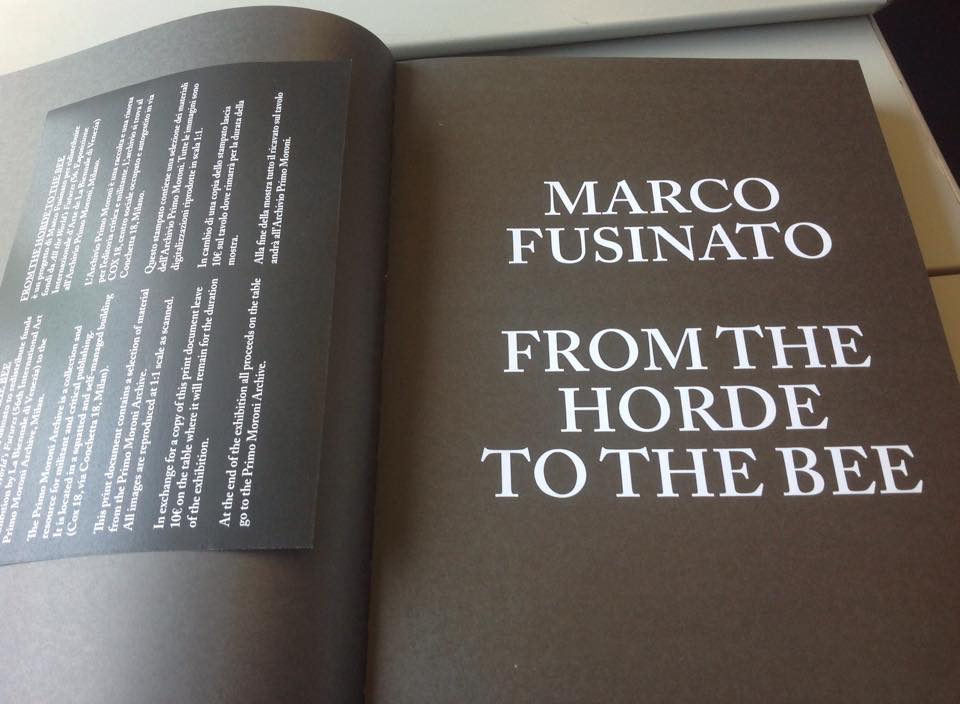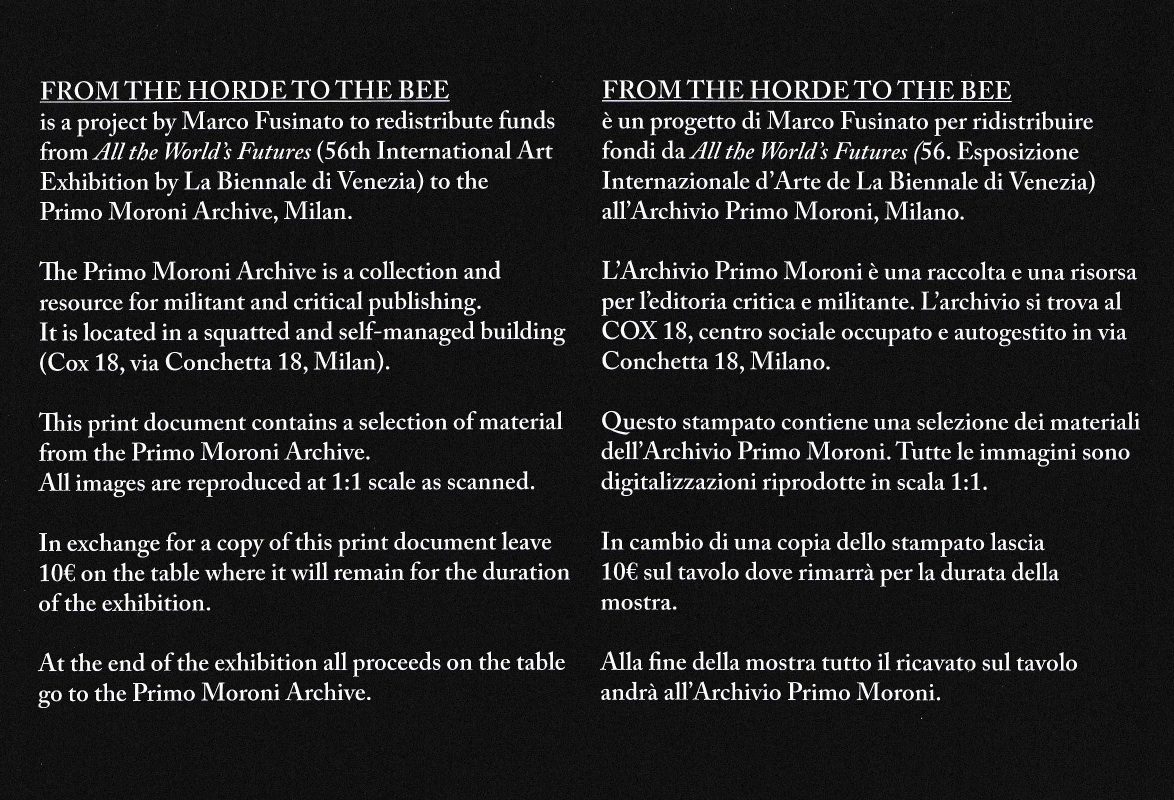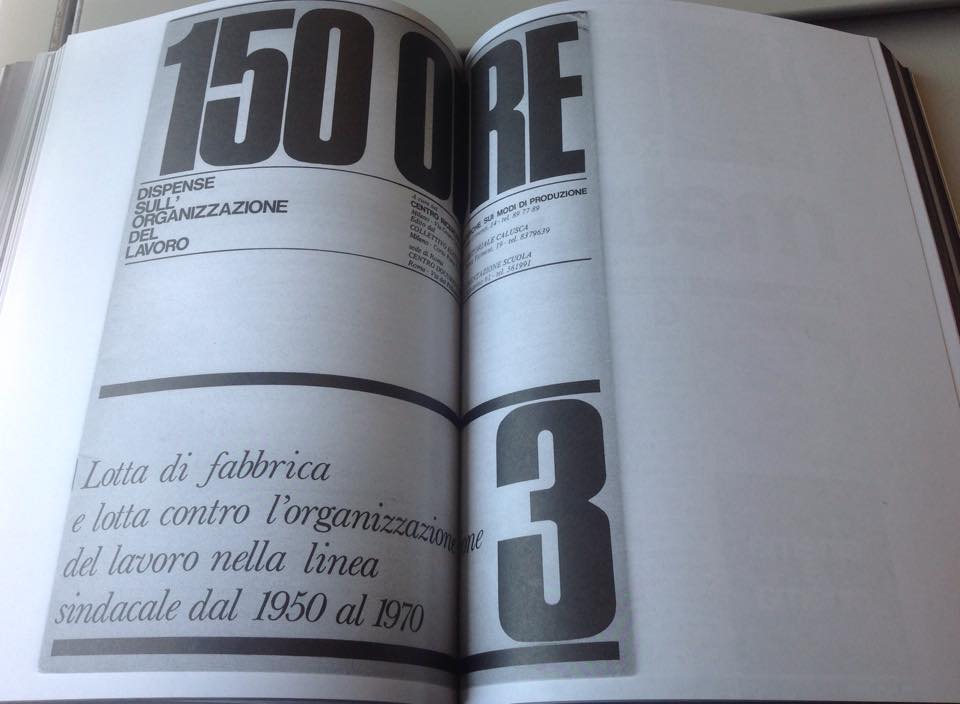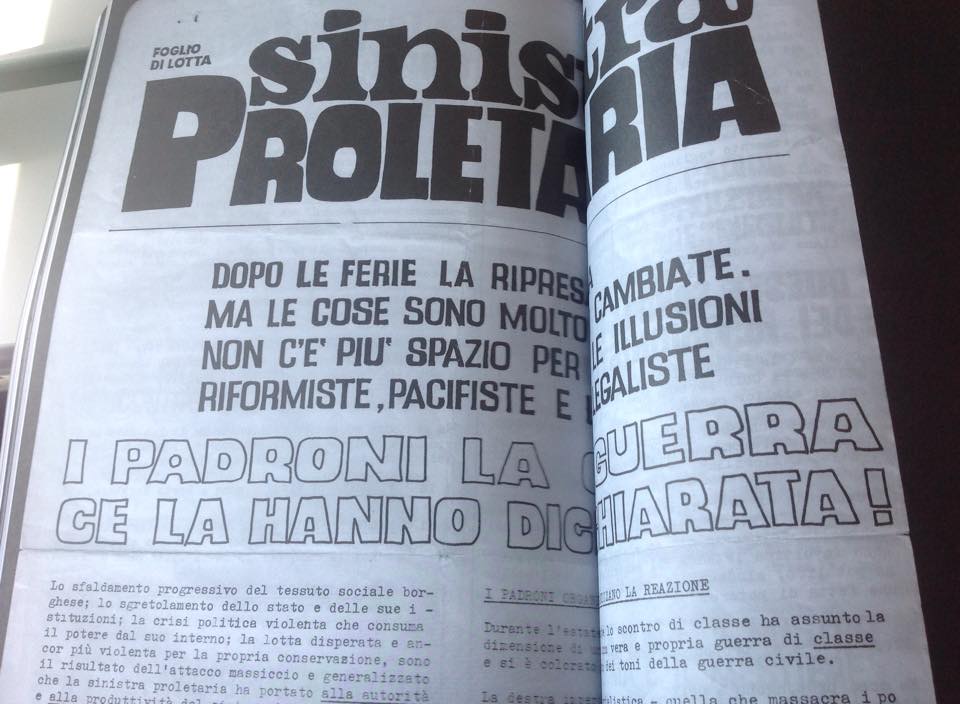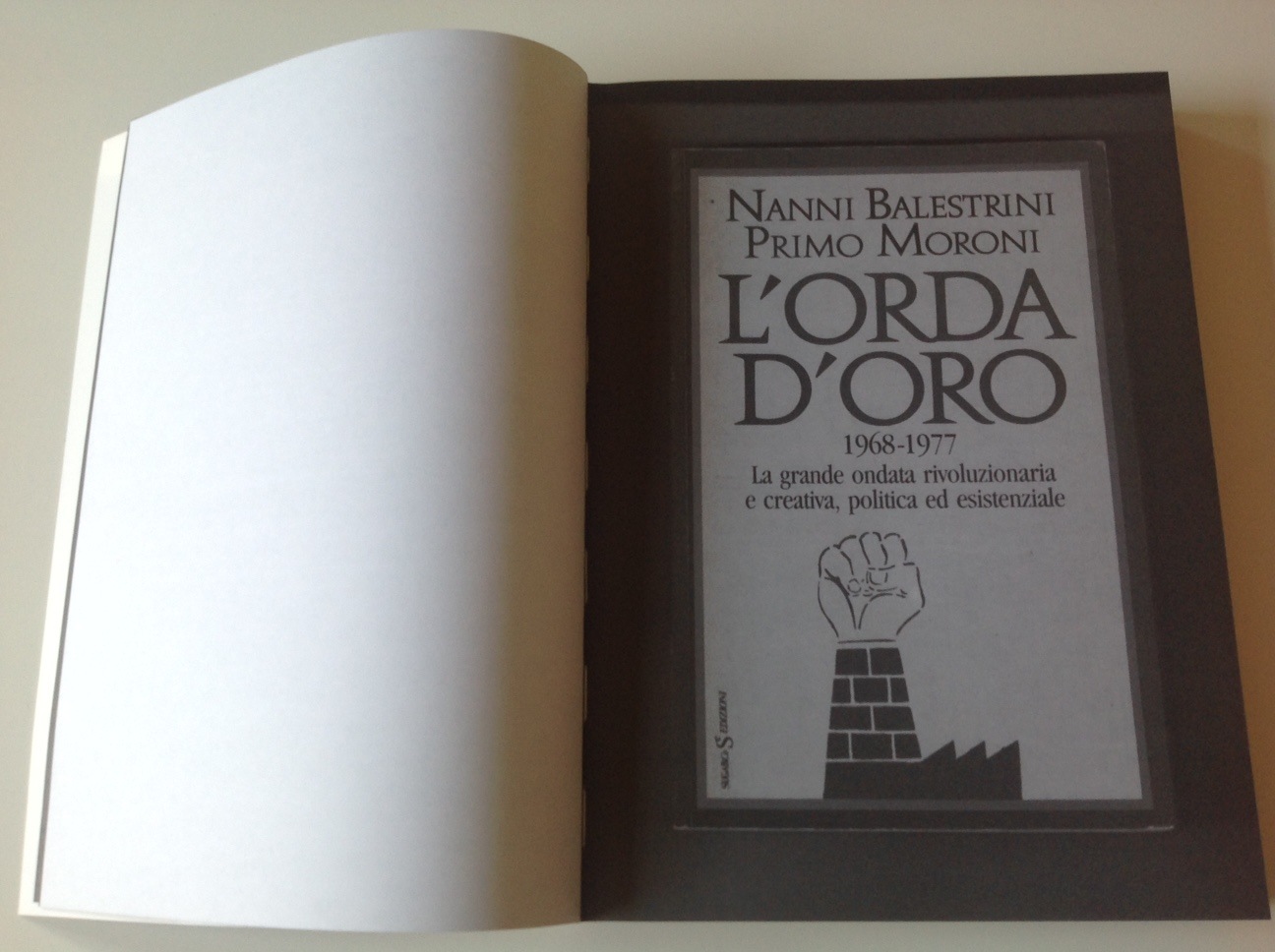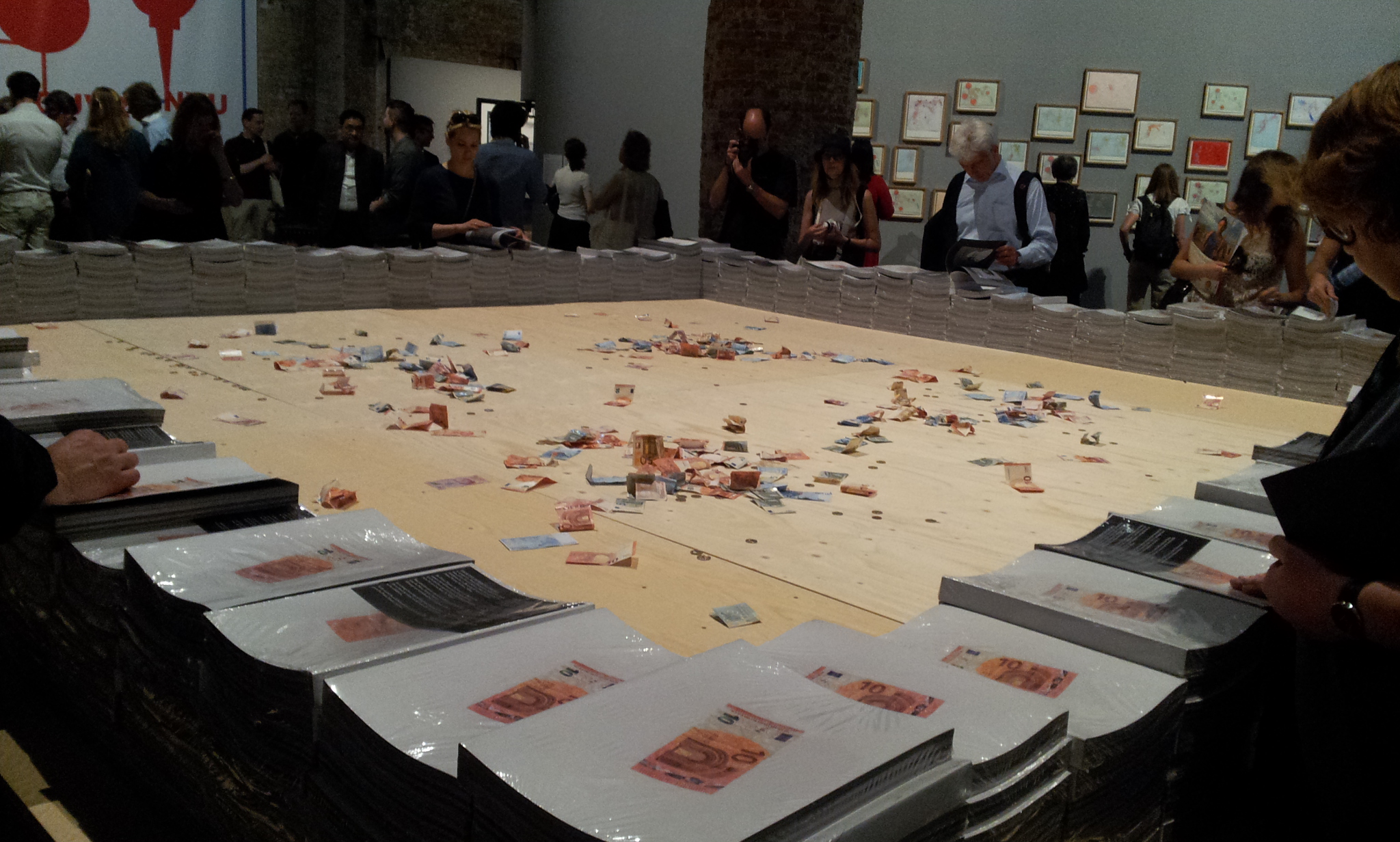|
Qui un estratto dall'intervista al curatore della mostra Okwui Enwezor tratta da ArtForum (la traduzione, più sotto, è nostra)
OE: The Venice Biennale is an institution that has gone through World War I, World War II, fascism in Italy, and the workerist and Autonomia movements of the 1960s and '70s. In fact, a new piece by Marco Fusinato, From the Horde to the Bee [2015], explores this legacy: It consists of a one-to-one reprinting of every copy of the literature of the Autonomist, labor, and anarchist movements in the library of the Milan-based Archivio Primo Moroni. That reprint will be available for visitors to the Biennale for ten euros, which will then be redistributed back to support the work of the archivio. Though the Biennale didn't seem to me to have really reflected on that history too much, it did do so in the '70s with a great deal of vigor. So for me, these had to be subjects of reflection now. Of self-critique.
That is why I am trying to align my thinking with a prototype I hope will feel relevant. I was very deeply moved by the 1974 Venice Biennale, which dedicated the entire exhibition to Chile, proclaiming solidarity with the Chilean people and against the brutal dictatorship of Augusto Pinochet. I mean, can you imagine doing that today? That's why we're trying to assemble all these fragments, all this residue. And the Biennale is such a space of residue, given its long history. One can reconstruct a kind of shadow history of the Giardini, for example, as a trajectory of empire: In 1907, the first national pavilion, Belgium, was built. At that time, the Belgian king Leopold II was still the ruler of the Congo, which was larger than Western Europe. During the Belgian reign, the country's population of twenty million was decimated, reduced by almost half. In 1909, the British pavilion was built, one more site where the sun never set. And in 1914, the Russian pavilion was built, a project of what was still czarist Russia. I see 1974 as an antidote to this negative residue: one of the only instances of Venice confronting a contemporaneous catastrophe, and mounting a radical critique, at that moment.
La Biennale di Venezia è una istituzione che è passata attraverso la prima Guerra Mondiale, la seconda Guerra Mondiale, il Fascismo, e l'operaismo e i movimenti dell'Autonomia degli anni '60 e '70. Una nuova opera di Marco Fusinato, From the Horde to the Bee [2015], esplora questa eredità. Consiste nella riproduzione in scala 1:1 di copie di testi dei movimenti autonomi, del lavoro, anarchici contenuti negli archivi del milanese Archivio Primo Moroni. Questa ristampa è disponibile per i visitatori della Biennale per 10 euro, che verranno usati in sostegno delle attività dell'archivio. Benché non mi pare che la Biennale abbia realmente riflettuto su quella Storia, l'ha fatto negli anni '70 con grande vigore. A mio parere questi devono essere adesso elementi di riflessione adesso, di auto-critica.
Provo a chiarire il mio pensiero con un esempio che spero sia percepito nella sua rilevanza. Sono stato molto colpito dalla Biennale di Venezia del 1974, che fu dedicata interamente al Cile, dichiarando solidarietà col popolo cileno contro la brutale dittatura di Augusto Pinochet. Immaginate fare una cosa simile oggi? Questo è quindi il motivo per cui sto cercando di raccogliere tutti questi frammenti, questi resti. [...]
|
 "Laguna Rossa, da Cox18 alla Biennale", la Repubblica 12 maggio 2015
"Laguna Rossa, da Cox18 alla Biennale", la Repubblica 12 maggio 2015





